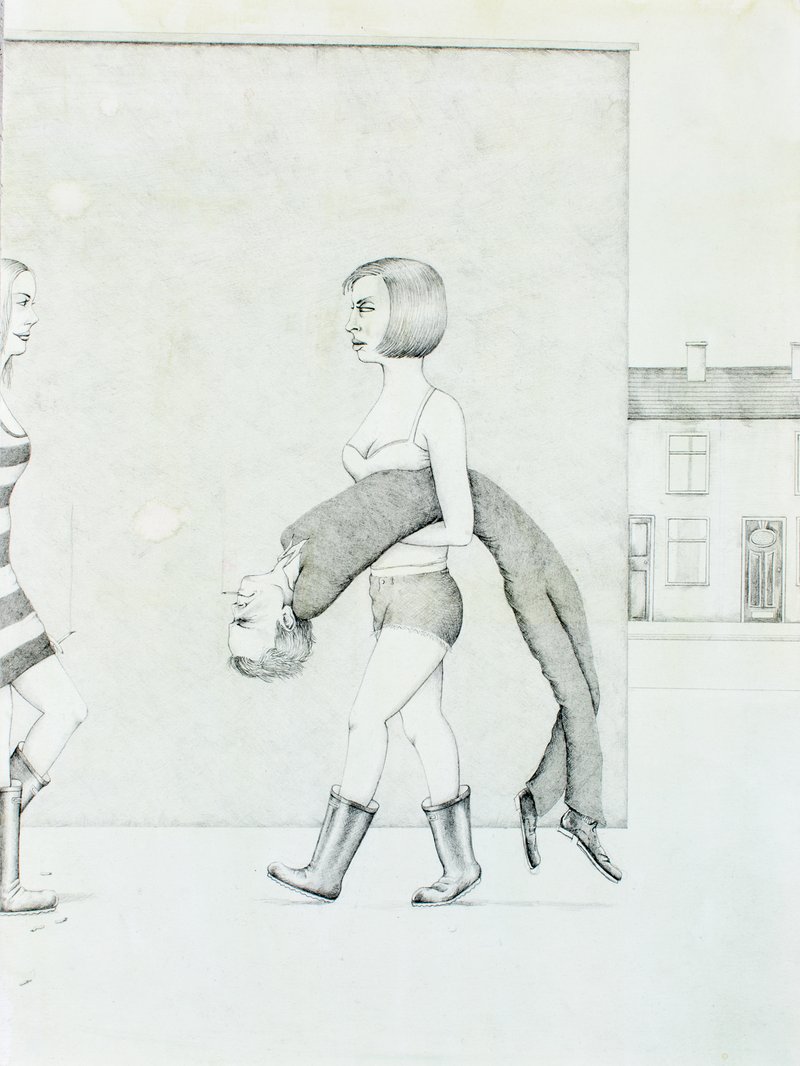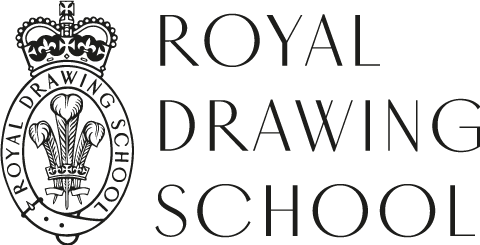Liam Walker
BA Painting & Drawing, Edinburgh College of Art
I find that one of the biggest challenges that faces an artist is time - the constant challenge of juggling everyday commitments with their practice. These things slowly eat away at the precious time an artist needs and craves, to lock themselves away and make work. Artists like myself who did a BA degree at art school were lucky enough to have the four long, glorious years in the studio making work without too much pressure or intensity. The Drawing Year is not like that; it’s quick, it’s intense, it’s an incredibly snappy little year. If I had been told before I started the course just how much I would learn, the amount of drawings (both good and bad) I would produce, and the number of different environments I would find myself drawing in, I don’t think I would have believed it.
The year may seem rather daunting, and indeed I certainly felt that way when I started. For someone whose entire practice has always been completely based on drawing it might seem rather odd that there were so many aspects of The Drawing Year that made me feel nervous.

At most art schools these days, life drawing or observational drawing is not often taught, so the idea of standing behind an easel in a large room, occupied by many other people also standing behind easels, with a person in the middle of the room without clothes on and a tutor pacing around looking at your work, seems an alien and terrifying prospect.
On The Drawing Year you very quickly get used to drawing in large groups, you get used to drawing in public places, whether that be The National Gallery, Piccadilly Circus or Hyde Park. The fear of people looking over your shoulder to gawp at what you’re doing quickly goes away, instead you become totally absorbed and obsessed with drawing, the translation of putting what you see before you onto paper.
The ‘pacing tutor’ of the life room no longer seems menacing, in fact the tutor becomes a mentor whose input and opinions are one of the most rewarding parts of the course; they are not ‘teachers’ they are fellow artists there to share in the joys and struggles of drawing. The fear and novelty of the life room also wears off, and you realise how honoured you are to have a model at your creative disposal. You quickly forget about the rest of the room and everyone in it.

The blessing of a free studio space is one of the greatest aspects of the course. You are encouraged just as much with the continuation and exploration of your own practice in your studio, whatever direction you are taking with your work, as you are in the courses at the school or out of house.
I started by talking about time and its importance to an artist or any creative for that matter. The greatest thing The Drawing Year gave me was time. It afforded me the time to learn new skills and techniques, to pick up valuable critique and opinions from many different tutors with varied practices, the year constantly took me out of my comfort zone, and most importantly it gave me time to let my own practice grow and my confidence in drawing increase. A year isn’t very long at all really, but it was surprising just how much you can do, learn, pick up and experience in that short period of time.
There are many wonderful things about the Drawing Year, and I have come out with a renewed confidence and a far greater lust for drawing.
